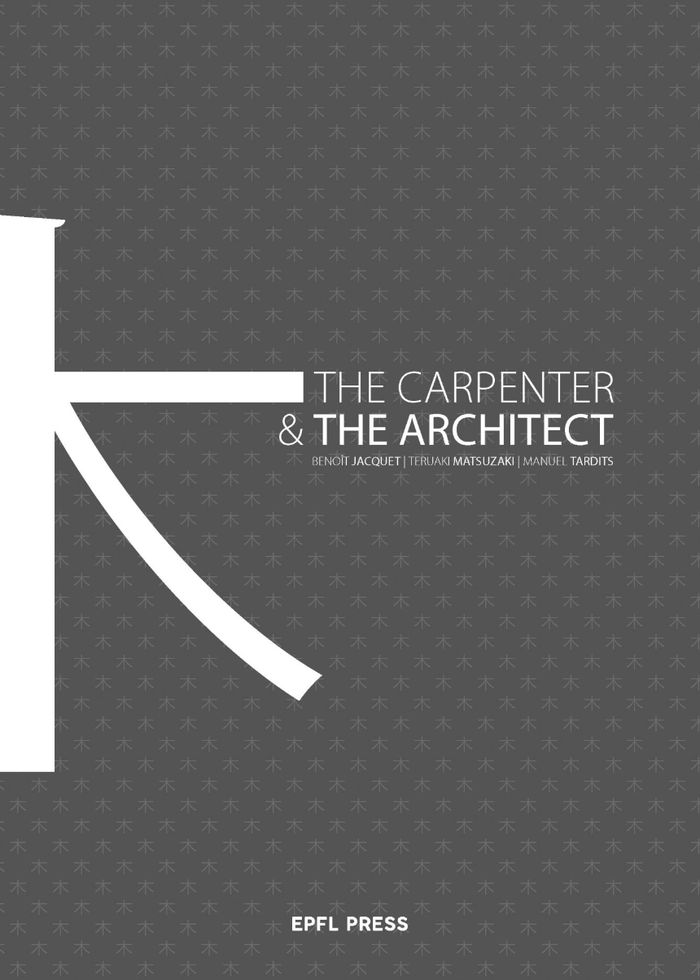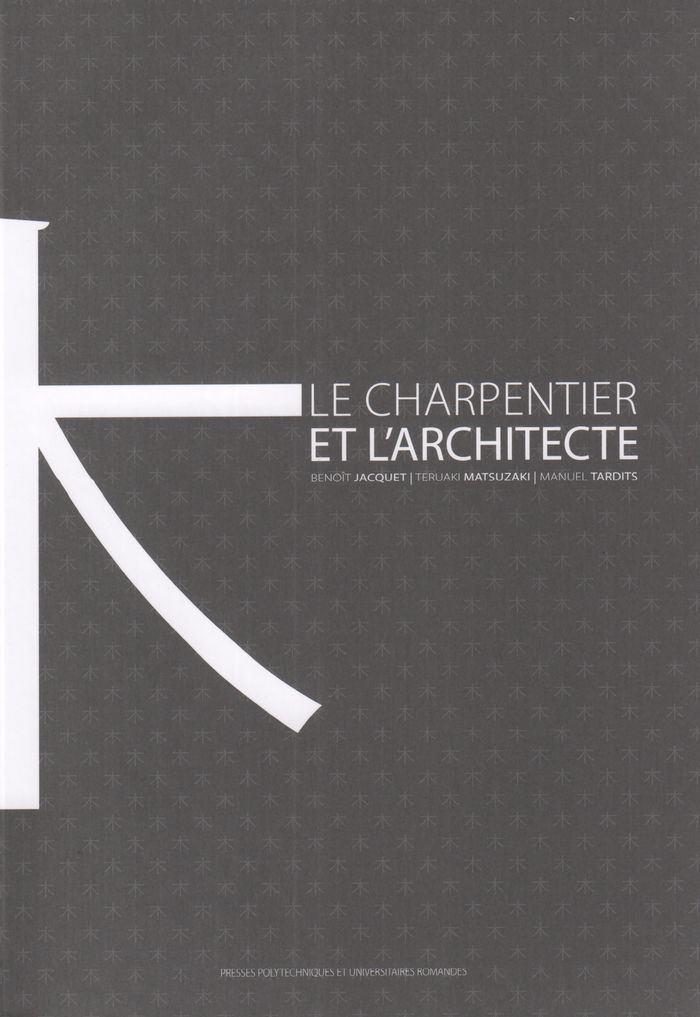$125.00
(available to order)
Summary:
A contemporary reminder of the importance of the carpenter and wood in Japanese architecture. When Japanese architecture is mentioned today, images of temples or pagodas generally come to mind. Others may think of more contemporary works: massive modular walls of rough concrete poured in place and bearing imprints of their formwork in the manner of Ando Tadao, the(...)
Architectural Theory
April 2022
The carpenter and the architect
Actions:
Price:
$125.00
(available to order)
Summary:
A contemporary reminder of the importance of the carpenter and wood in Japanese architecture. When Japanese architecture is mentioned today, images of temples or pagodas generally come to mind. Others may think of more contemporary works: massive modular walls of rough concrete poured in place and bearing imprints of their formwork in the manner of Ando Tadao, the lighter structures of Ito Toyo and Sejima Kazuyo, or the finely wrought facades of Kuma Kengo. A generational chasm and, rather surprisingly, even a historical one seems to have opened up between the emblematic images of traditional Japanese architecture, in which wood is the material of choice, and more current and innovative work, in which its use has been reduced. Even though the carpenter has long been the lead builder, contemporary architectural culture appears to have forgotten this reservoir of construction experience accumulated over centuries.
Architectural Theory
$83.00
(available to order)
Summary:
Au Japon, un fossé générationnel, voire historique, semble s’être creusé entre les images d’une architecture traditionnelle très emblématique où le bois est le matériau de prédilection, et celles plus actuelles de projets innovants où son usage se réduit, depuis l'ère Meiji, à la fin du XIXe siècle. Les auteurs présentent l'évolution des styles architecturaux à l'aide de(...)
November 2019
Le charpentier et l'architecte : une histoire de la construction en bois au Japon
Actions:
Price:
$83.00
(available to order)
Summary:
Au Japon, un fossé générationnel, voire historique, semble s’être creusé entre les images d’une architecture traditionnelle très emblématique où le bois est le matériau de prédilection, et celles plus actuelles de projets innovants où son usage se réduit, depuis l'ère Meiji, à la fin du XIXe siècle. Les auteurs présentent l'évolution des styles architecturaux à l'aide de nombreux plans et photos.

